Aquaponics
tclynx
16 years ago
Related Stories

LANDSCAPE DESIGNNatural Swimming Pools: More Beauty, No Chemicals
Keep your skin and the environment healthy with a pool that cleans itself, naturally
Full Story
FARM YOUR YARDHow to Grow Vegetables in Containers
Get glorious vegetables and fruits on your patio with a pro’s guidance — including his personal recipe for potting mix
Full Story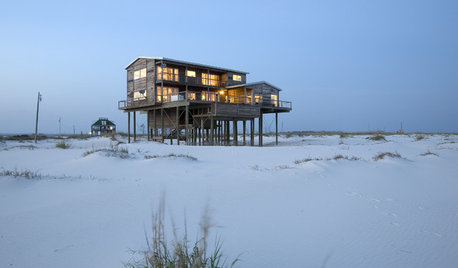
REMODELING GUIDES12 Predictions for Architecture in 2013
Nature showed its might, and small spaces began to seem more right over the past year. How will architecture for everyday homes respond?
Full Story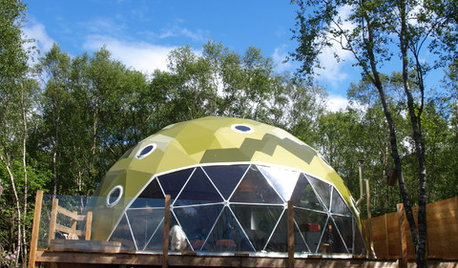
HOUZZ TOURSHouzz Tour: Ecofriendly 'Glamping' Dome in Scotland
An all-weather exterior, modern furnishings and luxurious amenities create a vacation home that blends in with nature
Full Story
EDIBLE GARDENSSummer Crops: How to Grow Squash
Almost foolproof and with cheerful flowers, squash comes in a wide range of varieties to plant in spring
Full Story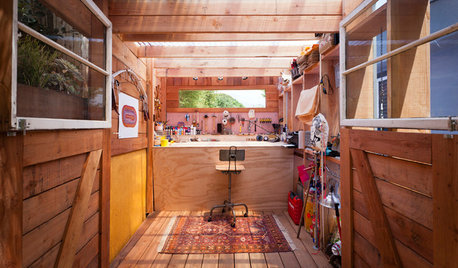
GARDEN SHEDSHouzz Call: Show Us Your Hardworking Garden Shed!
Upload a photo of your backyard shed or greenhouse and tell us how it works for you
Full Story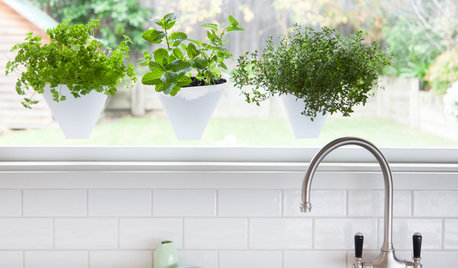
HERBSHow to Grow Herbs Indoors
Have a sunny window? Enjoy the flavor of fresh herbs year-round by growing them in the house
Full Story
SUMMER FRUITS AND VEGETABLESHow to Grow Your Own Fresh, Sweet Corn
Here's how to plant and care for your own mini cornfield
Full Story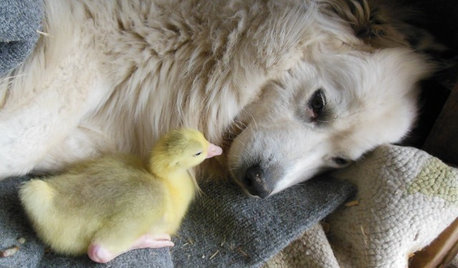
HOUZZ TV FAVORITESHouzz TV: Life, Love and Purpose Down on the Farm
A Missouri native proves that you can go home again — and discover something entirely unexpected
Full Story
GARDENING GUIDESGet on a Composting Kick (Hello, Free Fertilizer!)
Quit shelling out for pricey substitutes that aren’t even as good. Here’s how to give your soil the best while lightening your trash load
Full Story






greystoke
garyfla_gw
Related Professionals
Brooklyn Center Landscape Architects & Landscape Designers · Norwood Landscape Contractors · Belmont Landscape Contractors · Brookfield Landscape Contractors · Hendersonville Landscape Contractors · Kerman Landscape Contractors · Mendota Heights Landscape Contractors · Middleton Landscape Contractors · Mission Landscape Contractors · Pacifica Landscape Contractors · Placerville Landscape Contractors · Pleasanton Landscape Contractors · Ringwood Landscape Contractors · Siloam Springs Landscape Contractors · Shenandoah Landscape Contractorsgreystoke
garyfla_gw
greystoke
garyfla_gw